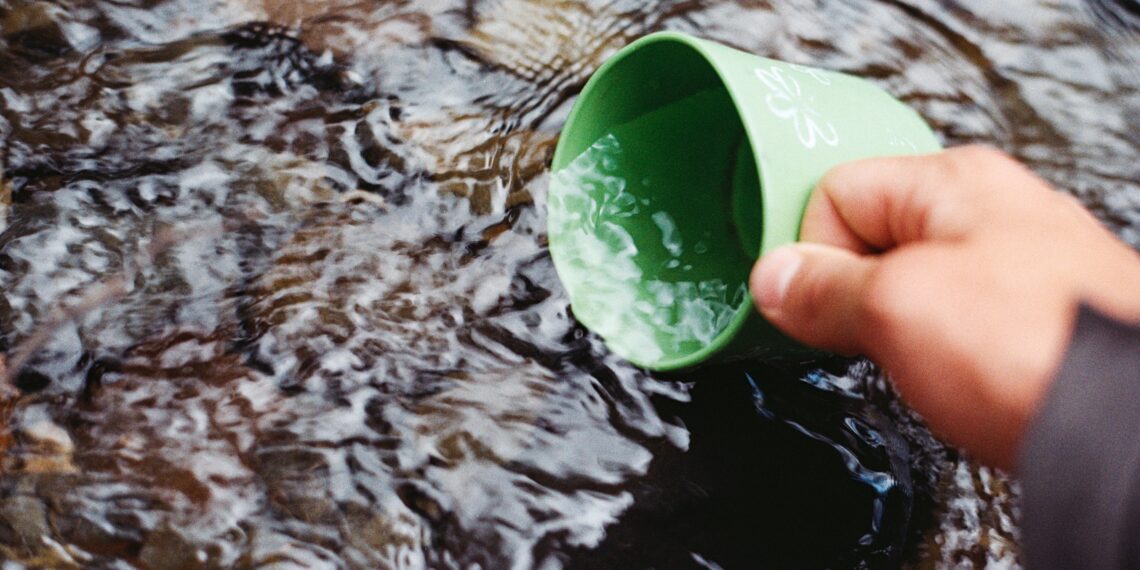The world’s freshwater resources are shrinking, and the need for accurate analysis of these resources has never been greater. In recent years, machine learning has emerged as a powerful tool for analyzing the quality of freshwater sources. By leveraging the power of artificial intelligence, researchers are able to better understand freshwater sources’ health, assess their vulnerability to pollution, and develop strategies for conservation.
The first step in utilizing machine learning for freshwater analysis is to collect data. This data can include a variety of physical, chemical, and biological characteristics taken from the water sample. For example, measurements of water temperature, pH, turbidity, and nutrient content can all be taken and analyzed. This data can then be fed into a machine learning algorithm, which can then identify patterns and correlations in the data.
Once the data is collected and analyzed, researchers can then use the results to develop models that can predict the quality of a water source. These models can be used to identify areas of vulnerability, such as areas with high levels of pollution or areas that are at risk of contamination. The models can also be used to assess the potential impacts of different activities on the freshwater sources, such as agricultural runoff or industrial pollution.
In addition to helping researchers better understand the health of freshwater sources, machine learning can also be used to develop strategies for conservation. By analyzing the data collected from the water samples, researchers can identify the most effective methods of protecting and preserving freshwater sources. For example, machine learning can be used to identify the best locations for establishing protected areas, or to determine the best agricultural practices that will minimize runoff and contamination.
Ultimately, utilizing machine learning to advance freshwater analysis is a powerful tool for understanding and protecting our most valuable resource. By collecting and analyzing data, researchers can gain a better understanding of the health of freshwater sources, assess their vulnerability to pollution, and develop strategies for conservation.
The whytry.ai article you just read is a brief synopsis; the original article can be found here: Read the Full Article…





